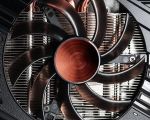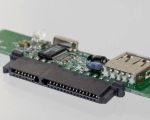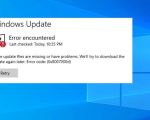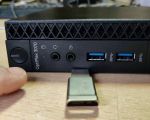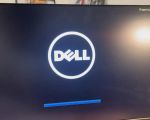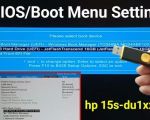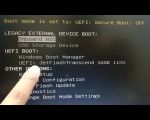How to Run DISM to Repair Your Computer: A Step-by-Step Guide
If you’ve ever experienced slowdowns, crashes, or unexpected errors on your computer, chances are that your system files may be corrupted. Fortunately, there's a powerful tool built right into Windows that can help you repair these issues — the DISM (Deployment Imaging Service and Management) tool. In this article, I’ll walk you through how to use DISM to repair your computer and fix any system corruption that might be causing problems.

Best Buy
4210 Centerplace Dr, Greeley, CO 80634, USA
1. What is DISM and Why Should You Use It?
DISM is a command-line tool that helps with system repair and maintenance. It is primarily used to fix corruption in the Windows image, which can affect system performance and stability. Unlike other tools, DISM can repair not only the operating system but also the underlying image files, making it an essential tool for advanced repairs.
If you’re experiencing issues like missing Windows features or persistent errors, using DISM can be your first step before resorting to a complete reinstall of Windows.
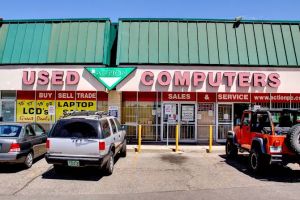
Action Computers Inc. -- Denver Location
2890 S Colorado Blvd F, Denver, CO 80222, USA
2. Preparing Your System for DISM Commands
Before running DISM, make sure your system is up-to-date. Here’s what you should do:
- Update Windows: Check for updates and install any pending ones. This ensures that your system has the latest fixes and security patches.
- Run a System Backup: Always back up your important data before making any changes to your system.
- Check Your Internet Connection: Some DISM operations require access to online files, so make sure you have a stable connection.
3. Running DISM in Command Prompt
Now, let’s dive into the steps on how to run DISM to repair your computer. You’ll be using the Command Prompt to enter the necessary commands:
- Open Command Prompt as Administrator: To do this, click on the Start button, type "cmd" or "Command Prompt" in the search bar, right-click on the Command Prompt option, and select "Run as administrator."
- Check the Health of Your System: In the Command Prompt window, type the following command and press Enter:
dism /online /cleanup-image /checkhealth
This will check if there’s any corruption in your system files. - Scan and Repair Corrupted Files: If the above command shows any corruption, use the following command to scan and repair the issues:
dism /online /cleanup-image /scanhealth
This step may take a few minutes depending on the size of your system. - Repair the System Files: Finally, to actually repair the corrupted files, run this command:
dism /online /cleanup-image /restorehealth
This will automatically fix any corruption in the system image. The process can take some time, so be patient.
4. Restart Your Computer
Once the DISM repair process is complete, restart your computer to apply the changes. This step is important to ensure that all system issues are resolved, and your computer is running smoothly again.
5. Additional Tips for Maintaining Your System
Running DISM is just one part of maintaining a healthy computer. Here are some additional tips to keep your system running at its best:
- Run SFC (System File Checker): After using DISM, it’s a good idea to run the System File Checker (SFC) tool to check for and fix any other issues with your system files. Use the command:
sfc /scannow
- Perform Regular Backups: To avoid losing important data, make sure to back up your files regularly.
- Keep Your System Updated: Always install the latest Windows updates to ensure that you have the most recent security patches and performance improvements.
By regularly using tools like DISM, you can keep your computer running smoothly and avoid the frustration of unexpected errors or slowdowns.
If you find that DISM is unable to resolve the issue, or if you need further help with your computer, be sure to check out the services at Computer Repair for expert assistance!











